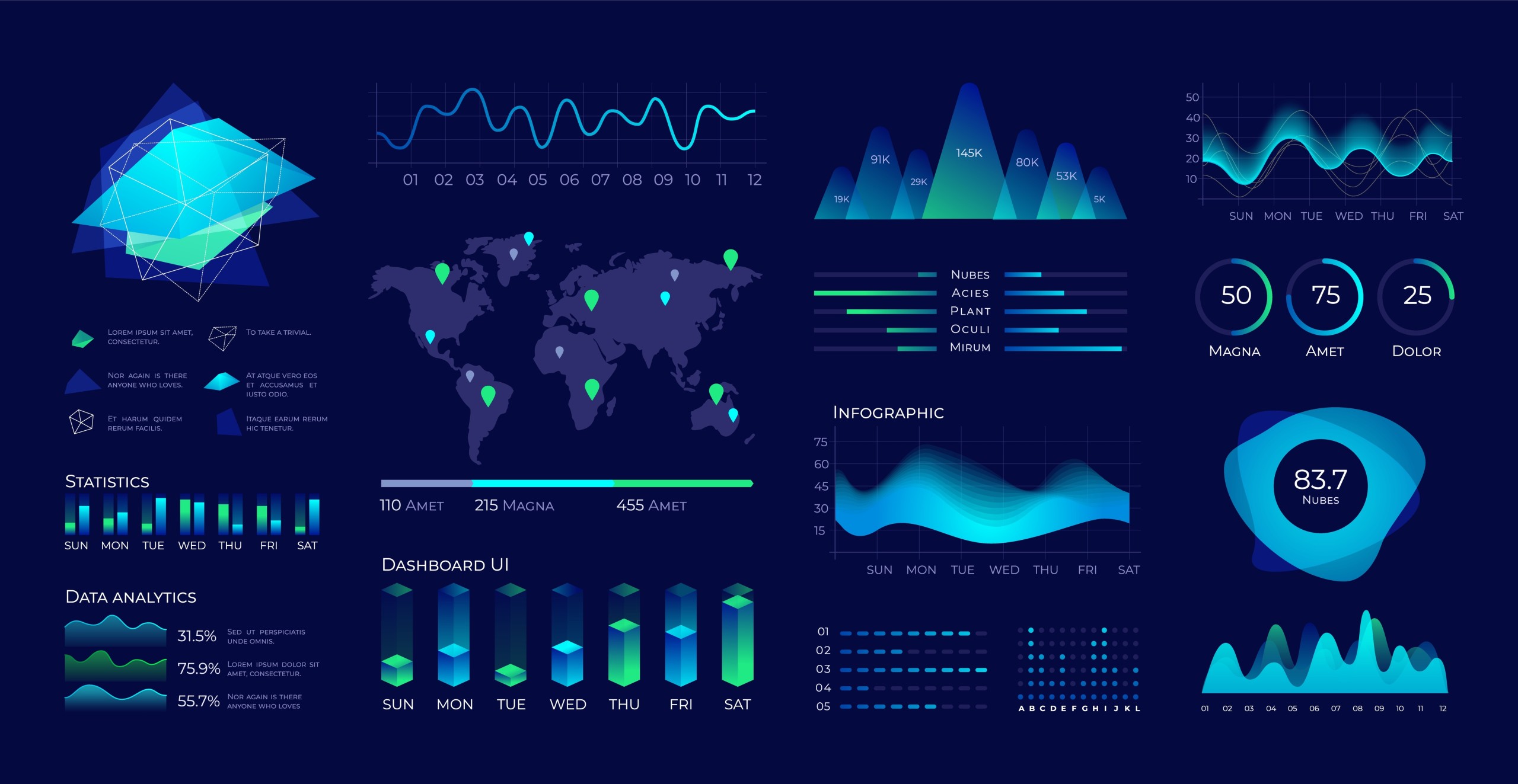
In the dynamic landscape of data analytics and visualization, the tools you choose can make a world of difference in how effectively you convey insights and drive decisions. Two giants that often emerge in conversations about data visualization are Tableau and Power BI. But they are not the only contenders in this field. In this article, we’ll embark on a journey to compare and contrast these popular data visualization tools, highlighting their features, pros, and cons, while also exploring a few other noteworthy options.
- Tableau
Features:
- Intuitive Interface: Tableau is renowned for its user-friendly interface, making it easy for both beginners and experts to create interactive visualizations without the need for extensive coding.
- Vast Data Connectivity: Tableau offers extensive connectivity options to various data sources, ranging from spreadsheets to databases and cloud-based platforms.
- Wide Range of Visualization Options: Tableau provides a plethora of visualization types, enabling you to choose the best representation for your data, from charts and graphs, to maps and dashboards.
Pros:
- Interactive Dashboards: Tableau’s interactive dashboards allow users to drill down into data, facilitating deep exploration and understanding.
- Community and Resources: The Tableau community is active and offers a wealth of resources, tutorials, and user-generated content to aid in learning and troubleshooting.
- Scalability: It’s suitable for projects of all sizes, from personal use to enterprise-level deployments.
Cons:
- Cost: Tableau’s licensing costs can be higher, especially for larger teams or enterprises.
- Learning Curve: While user-friendly, some advanced features might have a learning curve for complete beginners.
- Performance with Large Datasets: Handling extremely large datasets might lead to performance issues.
- Power BI
Features:
- Seamless Integration with Microsoft Ecosystem: Power BI integrates seamlessly with other Microsoft products like Excel and Azure, making it an attractive choice for organizations already invested in Microsoft technologies.
- Natural Language Queries: Power BI’s “Q&A” feature enables users to ask questions in natural language and get instant visualizations as responses.
- Cloud and On-Premises Options: It offers both cloud-based and on-premises deployment options to cater to various needs.
Pros:
- Ease of Use: Power BI has a user-friendly interface, and its integration with familiar Microsoft tools can reduce the learning curve.
- Quick Insights: The tool’s ability to automatically generate insights from data can be a time-saving feature.
- Collaboration: Power BI allows easy sharing and collaboration on reports and dashboards.
Cons:
- Limited Native Visualization Types: While it offers a variety of visualization types, it might have fewer options compared to other tools.
- Advanced Features for Experts: Advanced users might find limitations in terms of customization and more intricate features.
- Cost Considerations: Depending on the scale and features needed, costs can escalate.
- Other Noteworthy Options
- QlikView/Qlik Sense: Known for powerful associative data modeling and data exploration capabilities.
- Looker: Renowned for its data exploration and embedded analytics capabilities.
- Google Data Studio: Offers ease of use and integration with Google services, making it suitable for basic reporting needs.
The choice between Tableau, Power BI, or any other data visualization tool depends on your organization’s specific requirements, budget, existing technology stack, and the skill set of your team. Exploring alternatives can be worthwhile, as each tool has its strengths and might align better with particular use cases.
As you navigate the landscape of data visualization tools, keep in mind that a well-informed decision will empower your organization to unleash the full potential of its data, translating raw information into actionable insights that steer your business toward success. At Bronson, we have over 30 years of experience in helping our clients make decisions like these. We empower our clients to transform raw data into actionable insights that drive informed decisions. As we advise others, we advise you to take the time to evaluate, trial, and collaborate to ensure your chosen tool aligns seamlessly with your goals.





